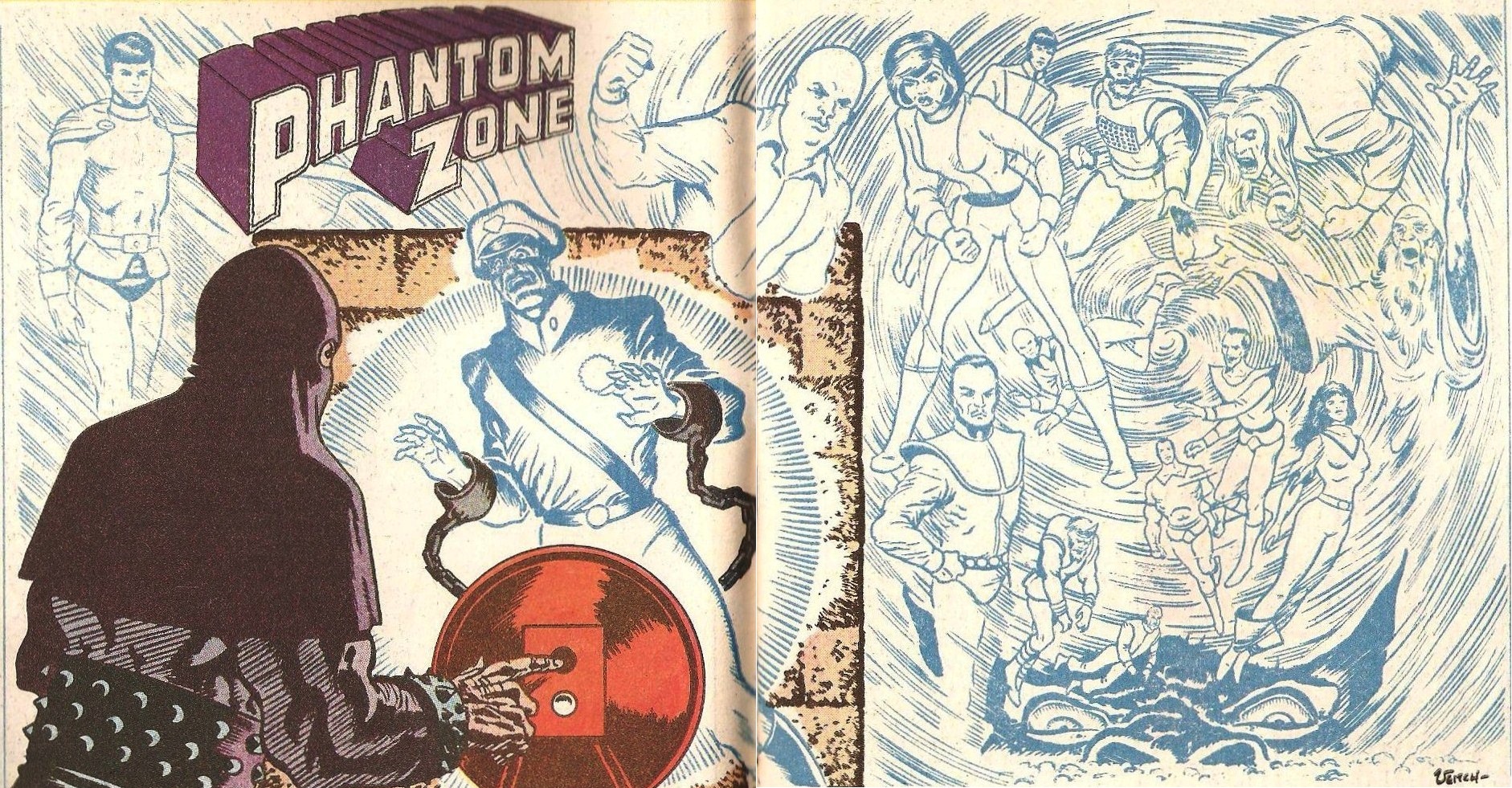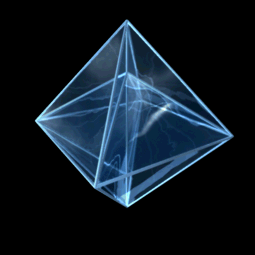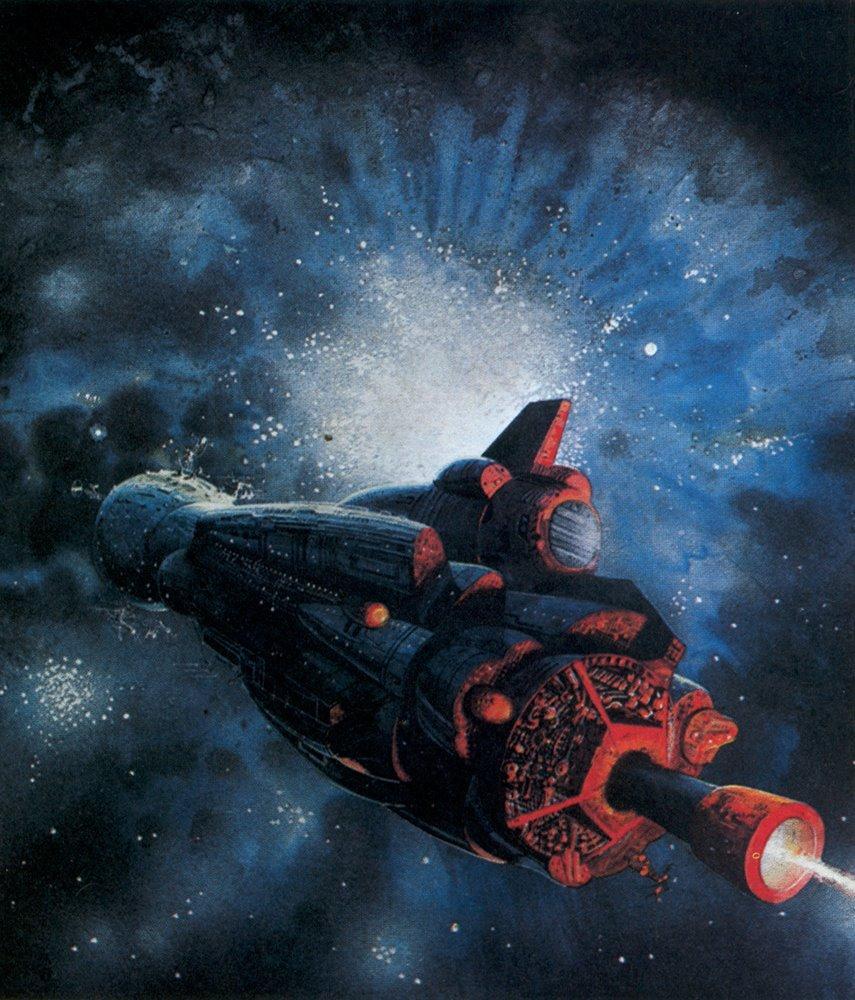Before there ever was a Land of Azurth, an ancient race known as Super-Wizards strode the various worlds as demi-gods, bending the forces of matter, energy, and time to their inscrutable and sometimes nonsensical will. They built strange cities and monuments and worked weird wonders, and they among themselves and with primordial monsters. It was hubris that led to their end. Either by their own hand they unleashed forces that even they could not master, or their arrogance troubled the sleep of the Slumbering God enough that his dreams conceived their doom. In any case, their very planet that once occupied the sphere between Mars and Jupiter was lost in a cataclysm.
The Super-Wizards' power being what it was, there is always a chance, however, that some escaped the fate of their world and are plotting with immortal patience their re-ascendance. It is the official position of the most learned arcane scholars of Azurth that the Super-Wizards are no more. However, the Wizard of Azurth and the Mysteriarchs of Zed are known to pay handsomely for an information about the Super-Wizards, particularly as might hint to their continued existence.
The following stats represent an "average" member of the Super-Wizard race. Exceptional individuals will be far more formidable.
SUPER-WIZARD
medium humanoid, any alignment
AC 17 (natural armor)
Hit Points: 139 (13d10+74)
Speed: 30 ft.; fly 90 ft.
STR 18(+4) DEX 18(+4) CON 18(+4) INT 17(+3) WIS 17(+3) CHA 18(+4)
Saving Throws Con +8 Cha +8
Skills Arcana +7, Insight +7, Perception +7
Damage Resistances bludgeoning, piercing, and slashing from nonmagical weapons, cold, necrotic
Senses passive Perception 17
Spellcasting. Most Super-Wizard's are 10th-level spellcasters, with a number of spell slots equivalent to a Sorcerer of the same level. Their spellcasting ability is Charisma (spell save DC 16, +8 to hit with attack spells). Their spells never requirement material components. They The following spells are common:
Cantrips (at will): Friends, Light, Mage Hand, Message1st level: Comprehend Languages, Disguise Self, Thunderwave2nd level: Alter Self, Detect Thoughts, Scorching Ray3rd level: Blink, Haste, Protection from Energy4th level: Dimension Door5th level: Teleportation CircleMagic Resistance. A Super-Wizard has an advantage against spells and other magical effect.
Actions:
Multiattack. A Super-Wizard can make two melee attacks.
Melee Weapon. Super-Wizards employ a variety of over-sized or exotic appearing simple or martial weapons which function like standard ones of their type.








%2B001-047.jpg)





%2B001-036.jpg)










%2B001-048-earth-35.jpg)






%2B001-030-Earth-6.jpg)
%2B001-058.jpg)






%2B001-032.jpg)
















